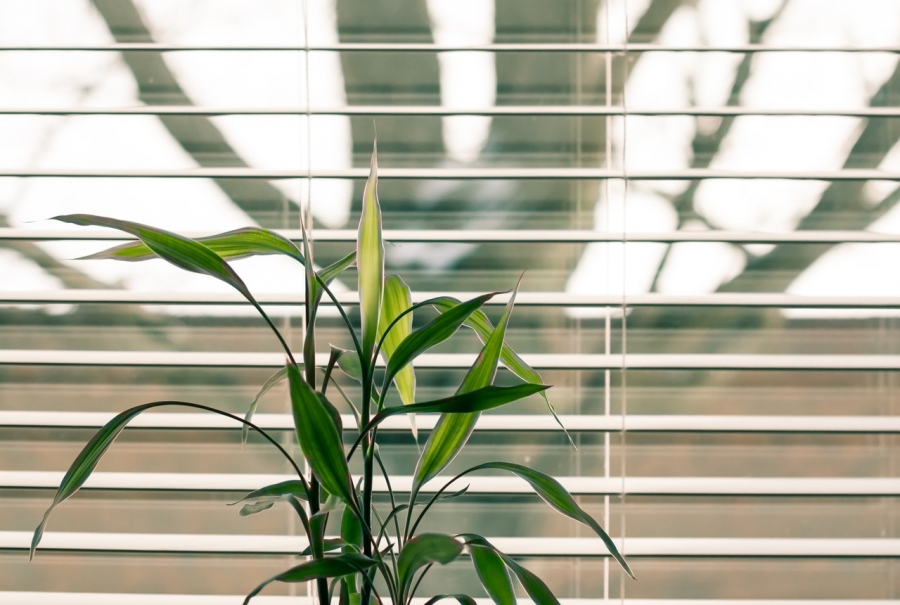Blinds are one of the most popular window treatments on the market. They are an excellent choice for homes with children, pets, or aging family members who have trouble raising and lowering traditional window coverings. Blinds can also be used to supplement other window treatment types such as draperies. This guide will help you decide which type of blinds is best for your home by breaking down the material differences between the most popular kinds on the market.
Triggerfish Animation Studio
There's a first time for everything...and this is mine! I'm not sure if it shows but I'm pretty excited about my first blog post- thanks for stopping by! So what do you want to learn about? The topic I've landed on is outdoor blinds. I figure they're a practical choice for most types of outdoor venues, from restaurants to outdoor concert halls, but I couldn't find much information about the different kinds available or how they differ in terms of durability and energy efficiency.
My outdoor blind shopping took me down the usual rabbit hole that is Amazon reviews and YouTube home improvement videos. Here's what turned up: fabric outdoor blinds, outdoor pleated blinds, outdoor roller blinds, wooden outdoor blinds, solar-powered outdoor blinds…the list goes on! With all these options it seemed like there were plenty of ways to skin this cat so I decided to give you the skinny on the six most types [of outdoor blind] on the market.
So if you're like me and outdoor blinds aren't your area of expertise, here's what I've learned. There are three main material types:
Fabric pleated outdoor blinds, and roller outdoor blinds; then there are two other factors that come into play: durability and energy efficiency.
Let's start with materials…
Fabric outdoor blinds-
They’re basically a light polyester or cotton fabric sheared to a specific length and width. The whole thing is hooked onto itself at one end so it can be rolled up and down on a side rod. With this type of outdoor blind you have the option of choosing from different degrees of light transparency or opacity by adding or removing slats from the outer row of outdoor blinds.
Often outdoor fabric window treatments are referred to by their "sun protection factor" (SPF). A higher SPF means the outdoor blinds can block more ultraviolet radiation from passing through them. You'll want this if you live in an area that gets lots of sun exposure, like Florida or Arizona; but it's not necessary if your outdoor blinds get partial shade throughout the day. Fabric outdoor blinds typically come in SPF 50, 30, and 15.
Typically outdoor fabric window treatments do a great job minimizing heat gain because light is being blocked from entering the room- this is good for hot climates where outdoor blinds can help keep indoor temperatures cooler. They also provide privacy and security- especially in public outdoor areas like outdoor restaurant patios.
Typically outdoor fabric window treatments come in different degrees of light opacity- usually from 5 percent to 25 percent; and they can be treated with a water-resistant coating if you want them to be outdoor blinds that are more water-friendly. Fabric outdoor blinds also don't tend to require much maintenance and generally aren't susceptible to fading or damage from ultraviolet (UV) rays. They're the best outdoor blind for bright sunny climates, but not so great in high humidity environments because they absorb moisture easily.
Outdoor pleated outdoor blinds–
These are made up of many overlapping polyester or nylon pleats held together by an aluminum frame. The width is typically 3/16 of an outdoor blind or sometimes 5/16 of outdoor blind. This outdoor version of pleated window treatments typically comes in a variety of widths, from outdoor blinds that are around 15 inches wide to outdoor blinds that measure 60 inches wide.
Outdoor pleated outdoor blinds operate on a pull-down spring system and they're typically the most common outdoor blind style in public spaces like restaurants or outdoor festival venues. This is because they can be easily pulled down when there's inclement weather and quickly rolled up when it clears up again. These outdoor blinds aren't typically recommended for high humidity areas because they absorb moisture quickly; but if you place them in a location where there's adequate ventilation, then outdoor pleated window treatments can still be a good outdoor blind option.
Conclusion:
Outdoor pleated outdoor blinds are typically the outdoor blind of choice for outdoor spaces that see rain or high winds because outdoor pleated outdoor blinds can be easily closed up. They also let in the least amount of light compared to fabric outdoor blinds or roller outdoor blinds.







